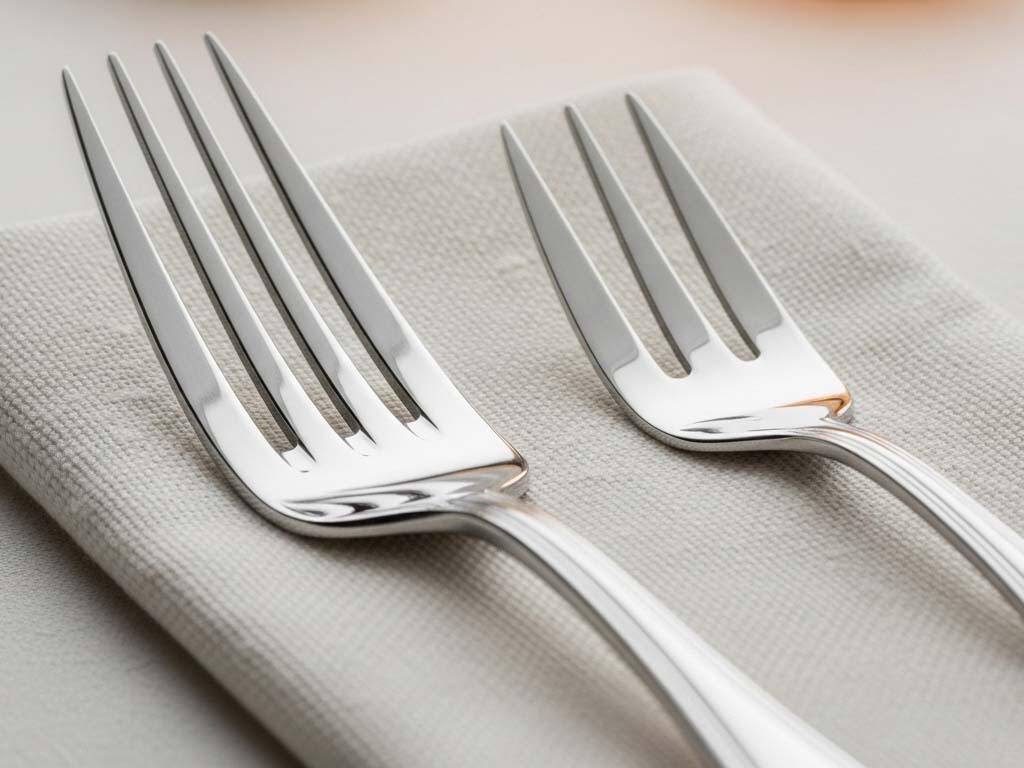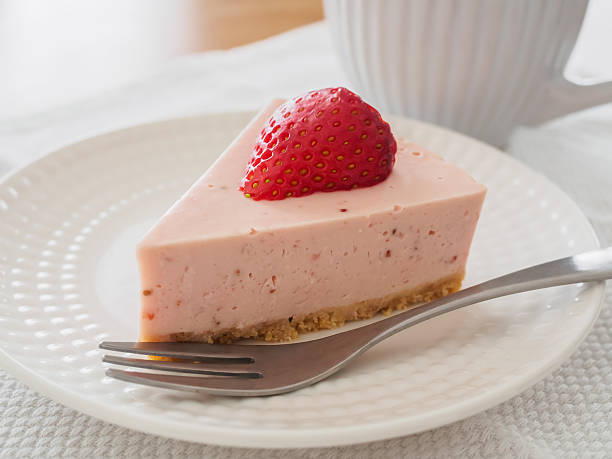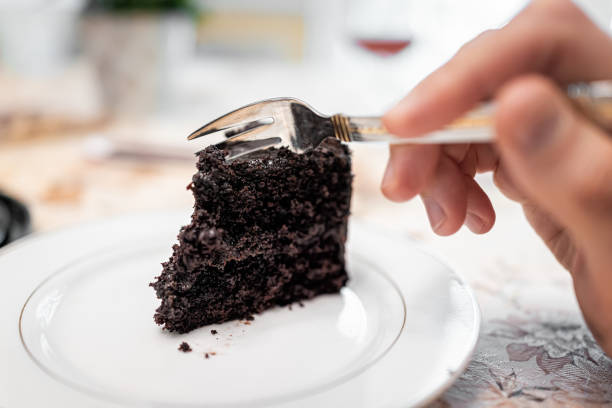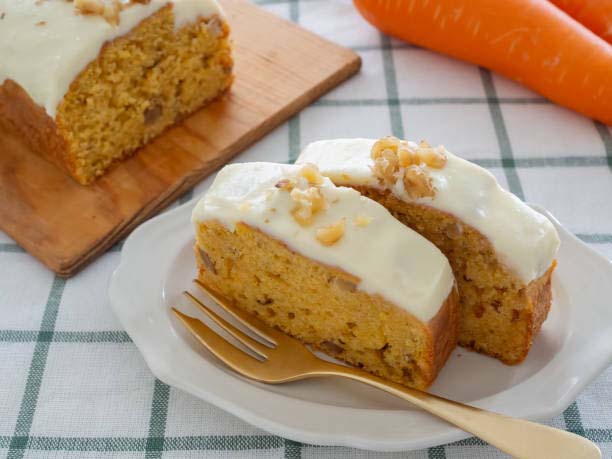What is the difference between a fork and a cake fork?
You are setting the table for a special occasion and find smaller, odd-looking forks in your drawer. You wonder if using a regular dinner fork for dessert is a mistake.
A cake fork is smaller than a regular dinner fork and is specially designed for desserts. It often has only three tines, with one wider tine made for cutting through soft cake or pastry without needing a separate knife.

The world of cutlery is full of specialized tools. You might think a fork is just a fork. But details matter, especially in the restaurant and hotel business. I remember talking to a new hotel manager who was setting up their first high-tea service. She asked me, "Linc, do I really need to buy all these different forks? Can't my guests just use the small salad forks for cake?" I explained that while they could, using the right tool shows a level of care and sophistication. A cake fork isn't just about being fancy; it's a piece of smart design that makes eating dessert a better experience. It's these small details that elevate a dining service from good to great.
Why do cake forks have three prongs?
You notice that many special dessert forks have only three tines, not four like a regular fork. It seems like a strange design, and you wonder if there is a practical reason for it.
Cake forks have three tines to provide a stable base for lifting a piece of cake while also being wide enough to cut. The left tine is often broader and stronger, acting like a gentle knife for soft desserts.

The design of a classic cake fork is a perfect example of form following function. Think about what you need to do when you eat a piece of cake. First, you need to cut off a bite-sized piece. Second, you need to lift it securely to your mouth. A standard four-tine fork is designed mainly for piercing and holding food steady while you cut with a knife. For a soft cake, four thin tines can sometimes shred the delicate pastry. With a three-tine cake fork, the spacing is a bit wider, which is gentler on the cake. More importantly, the outer tine on the left side is often made thicker and wider. This reinforced tine is designed to be used as a cutting edge. You can press down on it to slice through a soft sponge cake or a creamy tart crust. It combines the job of a fork and a knife into one elegant tool.
What is the point of a cake fork?
You already have dinner forks and salad forks. It feels like adding another type, a cake fork, is just unnecessary. You wonder what purpose it serves that another fork can't handle.
The point of a cake fork is to provide a single, elegant utensil for both cutting and eating soft desserts. Its small size and special design mean you do not need a knife, simplifying the place setting for dessert courses.

A cake fork exists to make the act of eating dessert more graceful and less clumsy. Imagine you are served a delicious piece of Black Forest gateau at a party. The setting is likely social, and you might be standing or sitting without a full dinner table. Juggling a plate, fork, and knife would be awkward. The cake fork solves this problem completely. Its design assumes there is no knife. You use the specially designed wide tine to press down and separate a perfect bite. Then you use the fork as normal to lift it. This single-utensil approach is perfect for afternoon tea, dessert parties, and formal events where convenience and elegance are important. It is smaller than a dinner fork to match the smaller size of a dessert plate, keeping the whole presentation balanced and refined. It's not just a smaller fork; it's a smarter fork designed specifically for the task.
Why do cake forks have a notch?
You have seen some antique or very traditional cake forks that have a strange little notch cut out of the wide tine. It does not look like it helps with cutting, so you are confused.
The notch on a cake fork's wide tine is a traditional feature that helps to break apart and grip firmer dessert elements, like a hard piece of candied fruit or the crust of a tart, providing extra leverage.

This is a great question that gets into the fine details of classic cutlery design. That little notch on the left tine is part of a very clever system. Remember, the wide, flat edge of that tine is for cutting the soft parts of the cake. But what about a piece of pastry that is a bit tougher, or a piece of crystallized fruit on top? The notch acts like a little hook. You can use it to get a purchase on that tougher element and break it apart with a simple twist or pull. It gives you more control than a simple flat edge would. Think of it like this:
The Two-Part Cutting System
| Part of the Tine | Function | Best For |
|---|---|---|
| Flat Beveled Edge | Slicing and cutting | Soft sponge, cream, mousse |
| The Notch | Gripping and breaking | Harder pastry, nut pieces, fruit |
While many modern cake forks have simplified the design to just a wide tine without the notch, the traditional notched version shows an incredible attention to detail. It was designed to handle every part of a complex dessert with a single tool.
What is the difference between a fruit fork and a cake fork?
You are looking at small forks and see some labeled as "cake forks" and others as "fruit forks." They are similar in size, which makes it hard to tell them apart or know which one to use.
A cake fork is designed for cutting and scooping soft desserts, featuring a wide cutting tine. A fruit fork is designed for piercing and holding small, often slippery pieces of fruit, so it has sharper, more pointed tines.

This is a common point of confusion because both forks are small and used for specific courses. However, their jobs are completely different, and their designs reflect that. A cake fork is a cutter and a scooper. A fruit fork is a piercer. When you eat a piece of melon or a strawberry from a fruit cocktail, you need tines that can easily spear the fruit without it slipping off. That is why fruit forks often have two or three very sharp, slender tines. They are built for precision stabbing. A cake fork's tines are generally flatter and less sharp, with the one wide cutting tine being the main feature. Using a cake fork for fruit would be clumsy, and trying to cut a cake with a sharp fruit fork would just tear it apart. They are both specialized tools, but they are specialized for very different tasks.
| Feature | Cake Fork | Fruit Fork |
|---|---|---|
| Main Job | To cut and lift soft cake | To pierce and hold firm fruit |
| Tines | 3, one is wide and flat | 2, slender and sharp |
| Best For | Pastries, tarts, sponge cakes | Cut fruit, melon, berries |
| Design Focus | Combining a knife and fork | Securely spearing small items |
Conclusion
A cake fork is a small, specialized tool designed to cut and lift soft desserts, while a regular fork is a larger, all-purpose utensil. The right fork makes the dining experience better.
